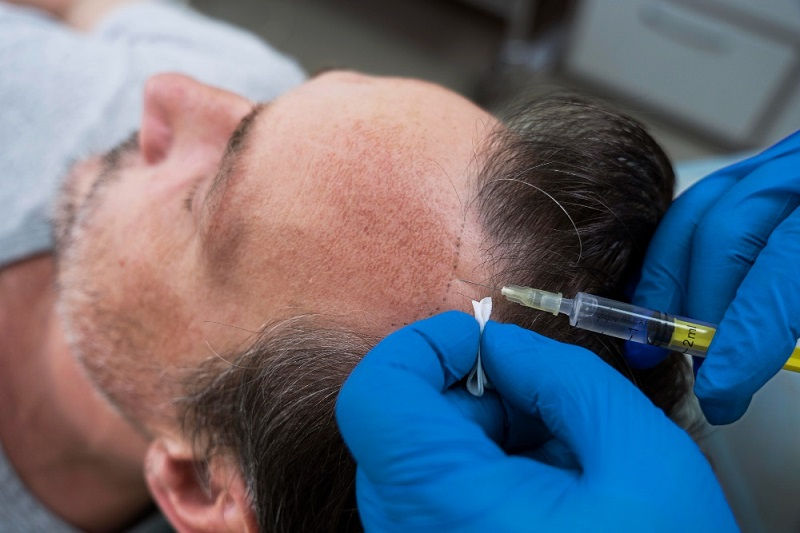Healthy Habits: Incorporating Antibacterial Disinfectants into Your Cleaning Routine
- idavisnancy

- May 15, 2023
- 3 min read
Updated: Nov 27, 2023
Are you looking for ways to keep your home clean and free from harmful bacteria? Are you concerned about the cleanliness of your surroundings, especially during these times of increased health awareness? If so, you're in the right place. In this article, we will discuss the importance of incorporating antibacterial disinfectants into your cleaning routine. We'll cover different types of disinfectants, their uses, and even some natural and DIY options. So, let's dive in and learn how to make our homes cleaner and safer.
Understanding Antibacterial Disinfectants
Antibacterial disinfectants are substances used to kill or eliminate harmful bacteria on surfaces and objects. These products are essential in maintaining a clean and healthy environment, especially in areas where bacteria can easily accumulate, such as kitchens and bathrooms. Disinfectants come in various forms, including sprays, wipes, and liquids, and can be used on a wide range of surfaces.
When choosing an antibacterial disinfectant, it's essential to consider factors such as effectiveness, safety, and environmental impact. Some disinfectants may be more effective against specific types of bacteria, while others may be safer for use around children and pets. It's also crucial to follow the manufacturer's instructions for proper use and application to ensure maximum effectiveness.
Types of Disinfectants
There are several types of disinfectants available on the market, each with its unique properties and uses.
Some common types include:
Quaternary Ammonium Compounds (Quats): These are widely used in household and commercial cleaning products due to their effectiveness against a broad range of bacteria, fungi, and viruses. Quats are generally considered safe when used as directed but can cause skin and eye irritation if not handled properly.
Bleach (Sodium Hypochlorite): Bleach is a powerful disinfectant that is effective against many types of bacteria and viruses. It can be used on a variety of surfaces but may cause discoloration or damage to some materials. It's essential to dilute bleach according to the manufacturer's instructions and ensure proper ventilation when using it.
Hydrogen Peroxide: This is a less harsh alternative to bleach and is effective against many types of bacteria, viruses, and fungi. Hydrogen peroxide can be used on a wide range of surfaces and is generally considered safe for the environment.
Alcohol: Isopropyl alcohol (70% concentration) and ethanol (60-90% concentration) are effective disinfectants against many bacteria and viruses. Alcohol can be used on a variety of surfaces but may cause damage to some materials, such as plastics and rubber.
Disinfecting Surfaces: How and When
To effectively incorporate antibacterial disinfectants into your cleaning routine, it's essential to know how and when to use them.
Here are some tips for proper disinfection:
Clean the surface first: Before applying a disinfectant, it's crucial to clean the surface with soap and water to remove dirt and debris. This will allow the disinfectant to work more effectively.
Follow the manufacturer's instructions: Each disinfectant has specific instructions for use, including how long it should remain on the surface before being wiped away. Be sure to follow these guidelines for maximum effectiveness.
Focus on high-touch areas: Pay particular attention to areas that are frequently touched, such as doorknobs, light switches, faucets, and countertops. These surfaces should be disinfected regularly to prevent the spread of bacteria.
Dispose of cleaning materials properly: After using a disinfectant, be sure to dispose of any used cleaning materials, such as wipes or paper towels, in a sealed bag or container to prevent the spread of bacteria.
Natural Disinfectants
If you're looking for a more eco-friendly option, there are several natural disinfectants that can be used in place of chemical-based products.
Some effective natural disinfectants include:
Vinegar: White vinegar is a mild disinfectant that can be used on a variety of surfaces. It's particularly effective against mold and mildew.
Tea tree oil: This essential oil has natural antibacterial properties and can be used as a disinfectant when diluted with water.
Grapefruit seed extract: This natural extract is effective against a wide range of bacteria and can be used as a disinfectant when mixed with water.
DIY Disinfectant Recipes
If you prefer to make your disinfectant, there are several easy DIY recipes you can try.
Here are a few options:
Vinegar and water: Mix equal parts white vinegar and water in a spray bottle for a simple, natural disinfectant.
Hydrogen peroxide and water: Combine 1 part hydrogen peroxide with 1 part water in a spray bottle for an effective disinfectant that's safe for most surfaces.
Alcohol and water: Mix 1 part isopropyl alcohol (70% concentration) with 1 part water in a spray bottle for a quick-drying disinfectant suitable for electronics and other sensitive surfaces.
Conclusion
Incorporating antibacterial disinfectants into your cleaning routine is an essential step in maintaining a clean and healthy home. By understanding the different types of disinfectants, knowing how and when to use them, and considering natural and DIY alternatives, you can effectively protect your home and family from harmful bacteria. So, take action today and make disinfection a regular part of your cleaning routine.








Comments